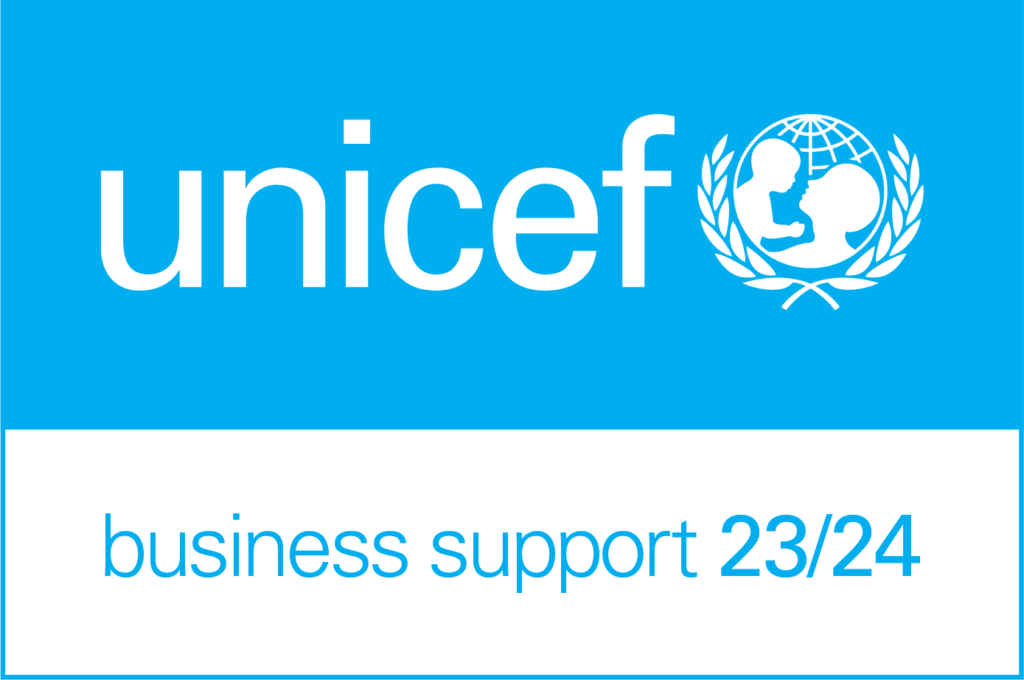GDPR is the same as the data protection regulation and personal data regulation in Danish. GDPR stands for “General Data Protection Regulation”, and is legislation introduced by the EU. This legislation entered into force on 25 May 2018, and has meant that all companies must decide on how personally identifiable information is distributed, handled and stored.
Implementing the new and comprehensive legal requirements has required a lot of work for many. That is why we at BetterBoard have developed a simple and secure tool for the board, which on the one hand contributes to the digitisation of the board and on the other hand helps with compliance with the requirements of Personal Data Regulation.




